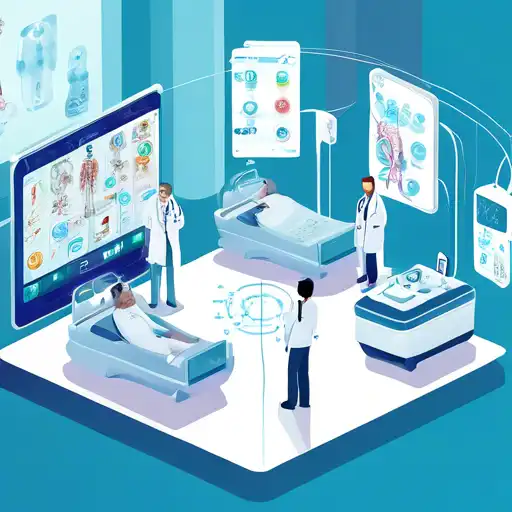Introduction to IoT in Healthcare
The integration of the Internet of Things (IoT) in healthcare is transforming the way medical services are delivered, making it a true game changer in the industry. By connecting devices and systems, IoT enables real-time monitoring, improved patient care, and streamlined operations. This article explores the profound impact of IoT technologies on healthcare, highlighting key benefits and future prospects.
Key Benefits of IoT in Healthcare
IoT technologies offer numerous advantages in the healthcare sector, including:
- Enhanced Patient Monitoring: Wearable devices and smart sensors allow for continuous monitoring of patients' vital signs, enabling timely interventions.
- Improved Efficiency: Automated systems reduce manual tasks, freeing up healthcare professionals to focus on patient care.
- Remote Healthcare Services: IoT facilitates telemedicine, allowing patients to receive care from the comfort of their homes.
- Data-Driven Decisions: The vast amount of data collected through IoT devices supports better diagnosis and personalized treatment plans.
Challenges and Solutions
Despite its benefits, the adoption of IoT in healthcare faces challenges such as data security and interoperability. However, advancements in encryption and standardization are addressing these issues, paving the way for wider implementation.
Future of IoT in Healthcare
The future of IoT in healthcare looks promising, with innovations like AI integration and smart hospitals on the horizon. These developments are expected to further enhance patient outcomes and operational efficiency.
Conclusion
IoT in healthcare is revolutionizing the industry by improving patient care, operational efficiency, and enabling new services like telemedicine. As technology evolves, the potential for IoT to transform healthcare is limitless. For more insights into digital health innovations, explore our digital health section.
